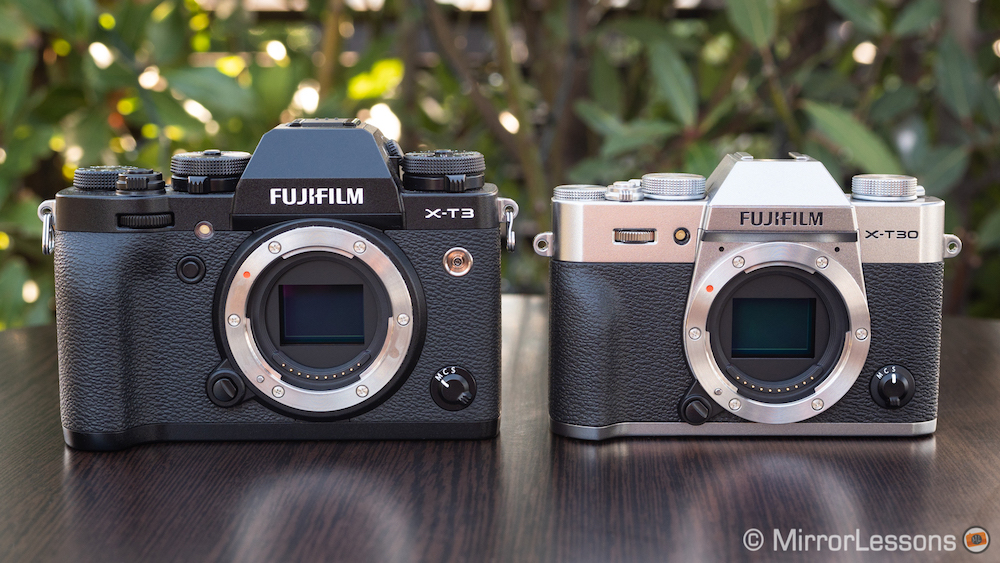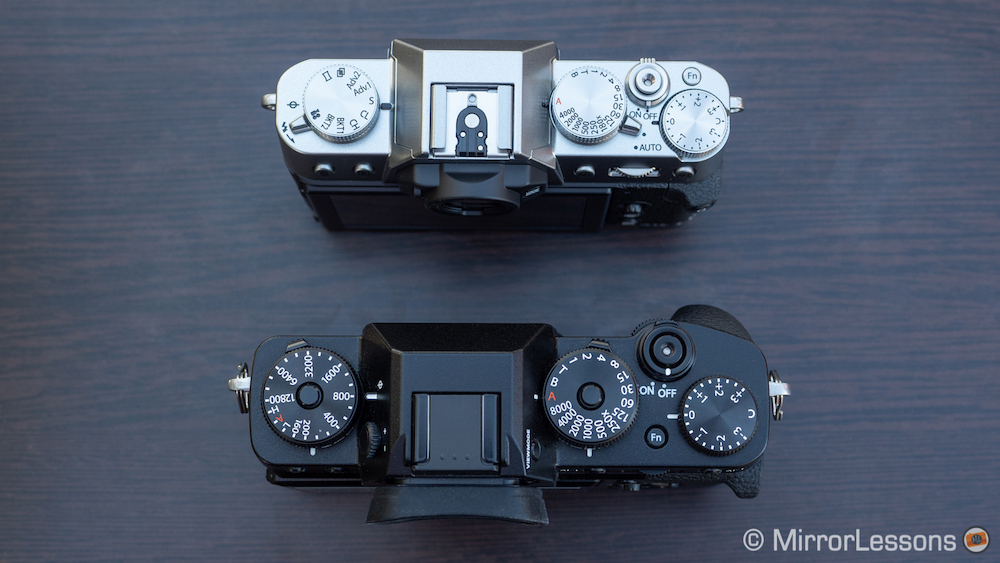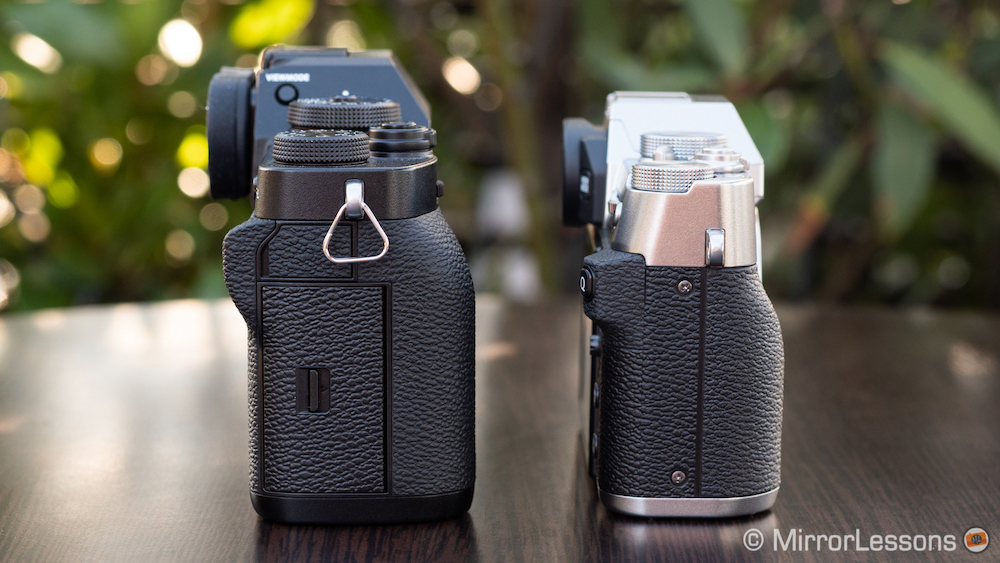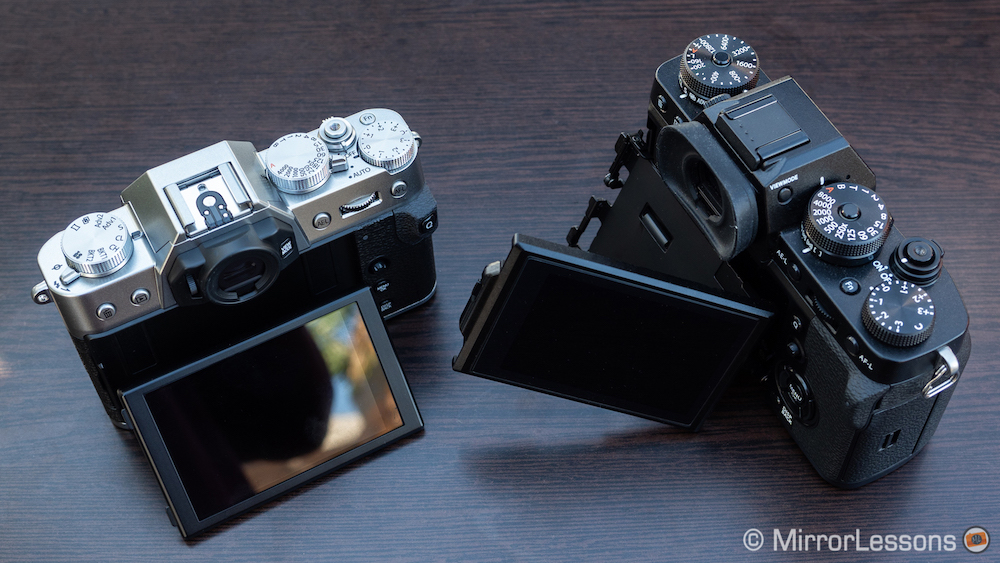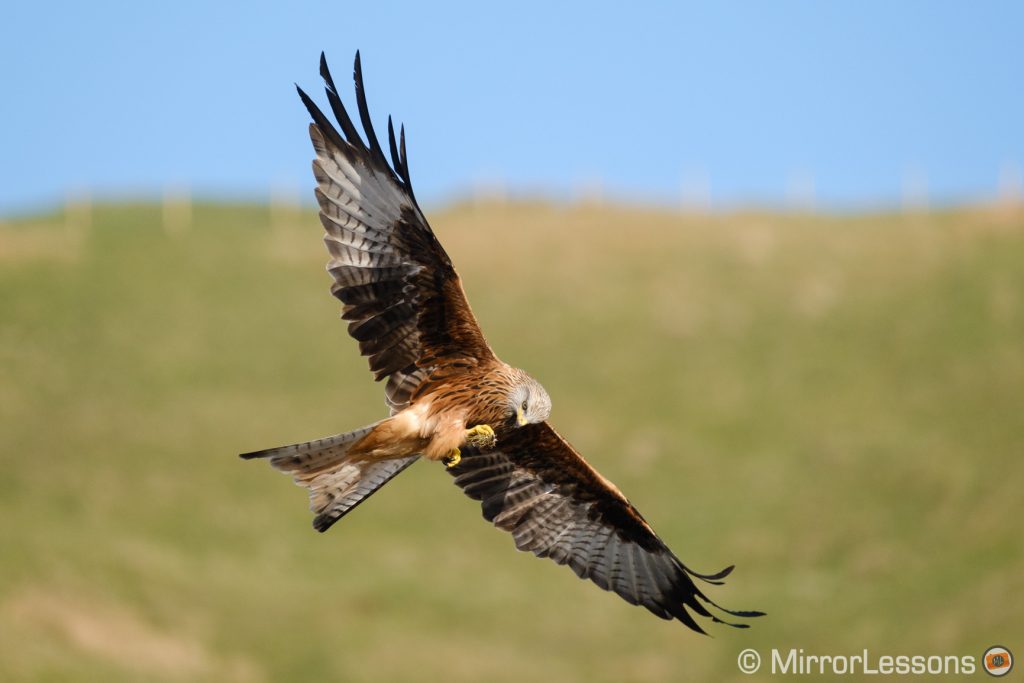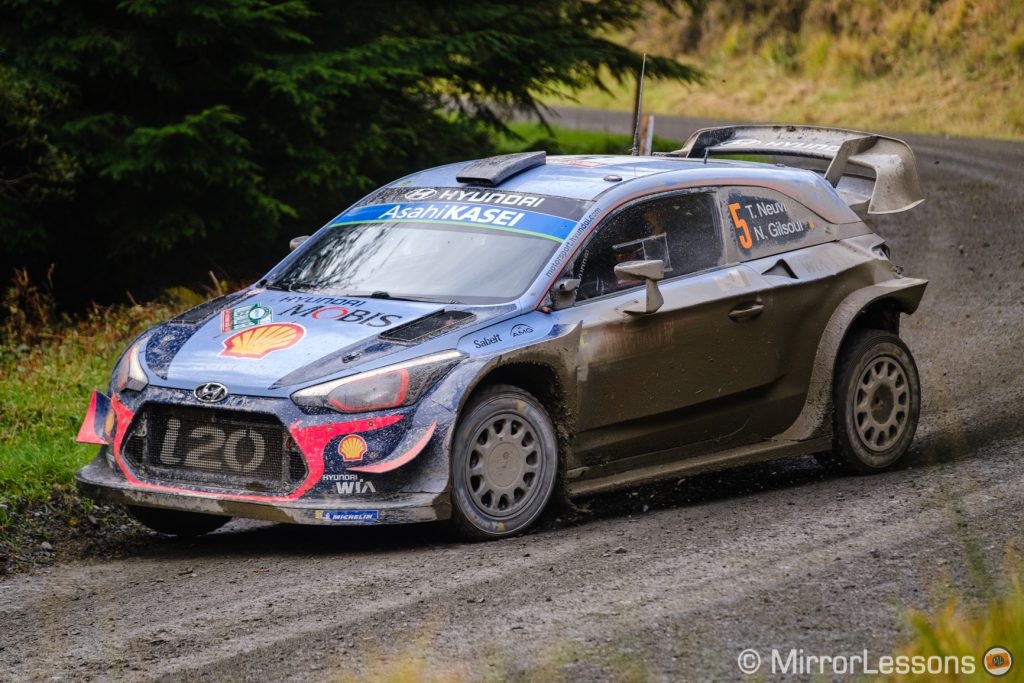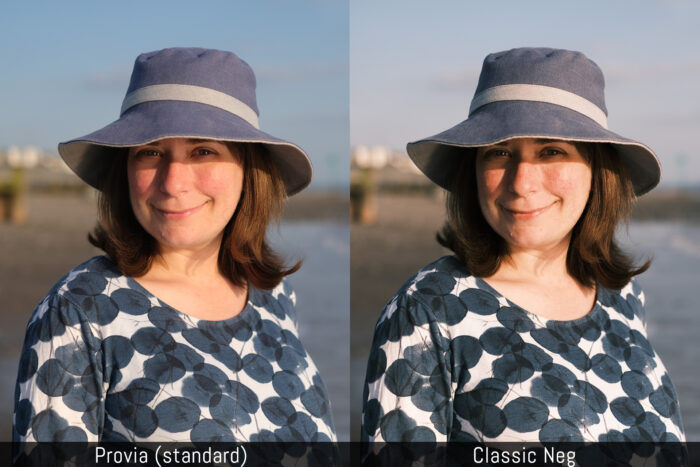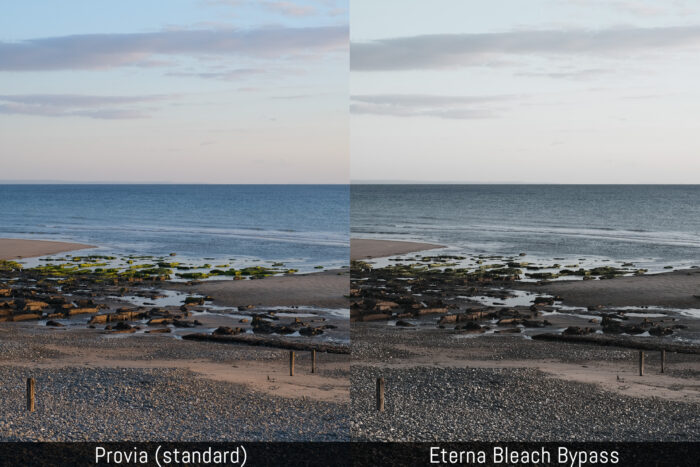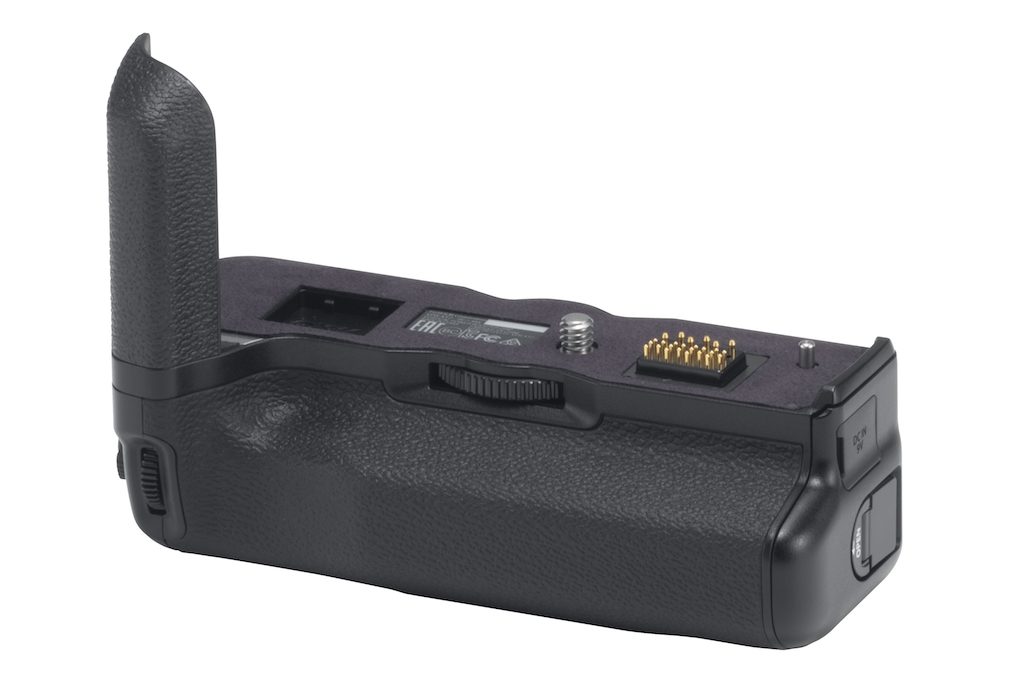Fujifilm has dubbed the X-T30 “The Little Giant” and for good reason – it sports many of the most exciting features of the X-T3 in a smaller and more affordable package. These include the latest X-Trans IV sensor, advanced hybrid autofocus system, impressive burst speeds with the electronic shutter, 4K video recording and much more.
To be honest, there isn’t a whole lot that sets these two cameras apart, but given the price gap, it is worth investigating the differences. Let’s begin!
Note: Fujifilm released the X-T30 II in September 2021. The body and hardware are identical to the original X-T30 (except for the higher resolution of the LCD screen), but it includes the latest software updates seen in the X-T3 (firmware 4) and X-T4. I’ve updated this article accordingly. You can also rear our X-T30 vs X-T30 II comparison.
What they have in common:
- 26.1MP X-Trans IV APS-C sized sensor with back-illuminated structure
- Quad Core X Processor 4
- ISO 160 to 12800 native range with extended values down to 80 / up to 51200
- phase detection AF with 99% sensor area coverage
- burst shooting with zero blackouts up to 20fps, or 30fps in 1.25x crop mode (electronic shutter)
- Sports Finder and Pre-Shot modes
- Monochrome Adjustment and Colour Chrome Effect
- ETERNA film simulation mode for video
- Bluetooth and WiFi connectivity
X-T30 comparisons:
X-T20 vs X-T30 – X-T3 vs X-T30 – X-T30 vs X-E4 vs X-S10
X-T30 vs a6400 – X-T30 vs X-T30 II
Ethics statement: the following is based on our direct experience with the X-T3 and X-T30, and official specs about the X-T30 II. Within the article, there are affiliate links. If you buy something after clicking one of these links, we will receive a small commission. To know more about our ethics, you can visit our full disclosure page. Thank you!
1. Body design
Looking at the X-T30, you could easily mistake it for a miniature version of the X-T3. The design is very similar to that of the flagship model but it is certainly smaller and lighter as you can see from the dimensions below:
- X-T3: 539g | 132.5 x 92.8 x 58.8mm (with battery and memory card)
- X-T30: 383g | 118.4 x 82.8 x 46.8mm (with battery and memory card)
Beyond the size and weight, there are some other physical differences that distinguish the cameras.
The X-T3 has dedicated ISO and metering dials in addition to the shutter speed, exposure compensation and drive dials found on both cameras. It is also the only one with a four-way D-pad on the rear.
The X-T30 models come with a built-in pop-up flash whereas for the X-T3, you have to connect to separate speed-light (the small EF-X8 is included in the box). All three have a focus switch out front and a joystick on the rear which can be used to move the AF point or browse through the menu.
Three features of the X-T3 that will interest professionals are the larger grip, which is better suited to telephoto lenses (although an additional grip is advantageous for long hours of work); the weather-sealed chassis, which is dust, moisture and freeze proof down to -10˚ C; and the dual SD cards slot with UHS-II compatibility.
Some other features they share include a hot shoe and a good number of customisable function buttons.
Whereas the X-T3 is only available in black or silver, the X-T30 is available in three variations: black, silver and the luxurious-looking ‘charcoal silver’. The X-T30 II is available in silver or black only.
2. Advanced SR Auto
Because the X-T30 cameras target casual users more that it does professionals, Fujifilm made sure to furnish it with an Advanced SR Auto mode. To activate it, simply set the switch on the top plate to Auto and the camera will automatically choose the best exposure and autofocus settings from a variety of presets. It is ideal for those situations where you aren’t sure which settings to use, or when you want to fire off a quick shot.
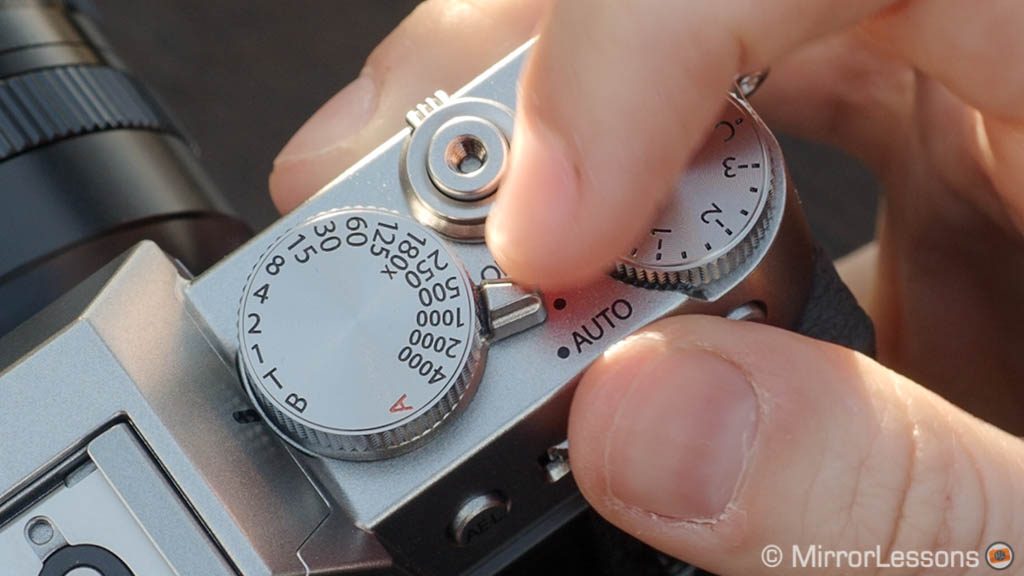
The X-T3 doesn’t have a dedicated Auto mode per se but you can force the camera to automatically select the exposure on its own by switching the shutter speed, ISO and aperture values to A (Auto).
3. Electronic viewfinder
The X-T3 has a better viewfinder than the X-T30 and X-T30 II. Not only does it have more resolution (3.69 vs 2.36 million dots) but the panel is larger (0.5-inch vs 0.39-inch) and the magnification is also higher (0.75x vs 0.62x). The eyepoint is 23mm. Fujifilm doesn’t specify the length for the X-T30, but it is likely to be the same as the X-T20 (17.5mm).
Both viewfinders cover 100% field of view and have a refresh rate of up to 100fps when the Boost mode is activated.
The X-T30 and X-T30 II use the same finder as the X-T20 but the panel’s brightness has been improved. Despite not being as pleasant to use as that of the X-T3, we’ve never had any real issues with the X-T20’s finder and we found the experience to be very similar with the X-T30.
That being said, the longer eyepoint as well as the softer and larger eyecup make the X-T3 EVF more comfortable, especially if you’re wearing glasses.
4. Rear LCD screen
The X-T30 and X-T3 sport a 3-inch LCD monitor with a resolution of 1040K dots and a 3:2 aspect ratio. The X-T30 II monitor has 1,620k dots. However only the X-T3’s screen can tilt up, down and to the side for vertical shooting. The two X-T30, by comparison, employ the standard two-way tilting type and is 1.3mm thinner.
Both monitors are touch sensitive but the X-T30s’ are more responsive, which is a good thing as we’ve always found touch sensitivity somewhat sluggish on Fujifilm cameras. Note that with firmware 3.0, the X-T3, received the same upgrade concerning the responsiveness of the touch screen.
5. Autofocus updates
The X-T3, X-T30 and X-T30 II use Fujifilm’s fourth generation phase detection autofocus system. It features a total of 117 points on a 13×9 grid which can be further subdivided into 425 points on a 17×25 grid. These phase detection pixels cover almost the entire sensor area (99%).
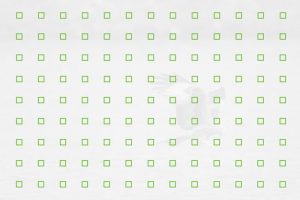
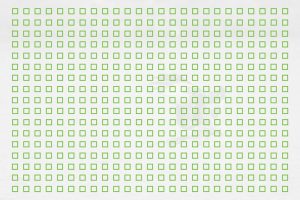
The three cameras come with Fujifilm’s AF-C Custom Settings which let you customise the reactivity and speed of the autofocus according to the movement of the subject.
When the X-T30 came out, it featured an updated autofocus algorithm that wasn’t yet available for the X-T3. The updates are as follows:
- Face and Eye tracking: the tracking capability has been enhanced for stills and video, including more stable exposure even if the camera detects black hair and support for smaller face tracking (i.e. faces that are further from the camera). Obstacles no longer cause the camera to lose track of the subject.
- Face selection: you can select the face you want to track using the LCD touch panel or the joystick.
- Non-stop Phase Detection AF: Faster focusing even when there is a big gap between subjects. Up to 300% faster focusing from far-to-near and near-to-far when using PDAF with longer telephoto lenses.
We were already satisfied with the face and eye detection improvements made to the X-T3, and the X-T30 felt even more reactive during our hands-on time with it.
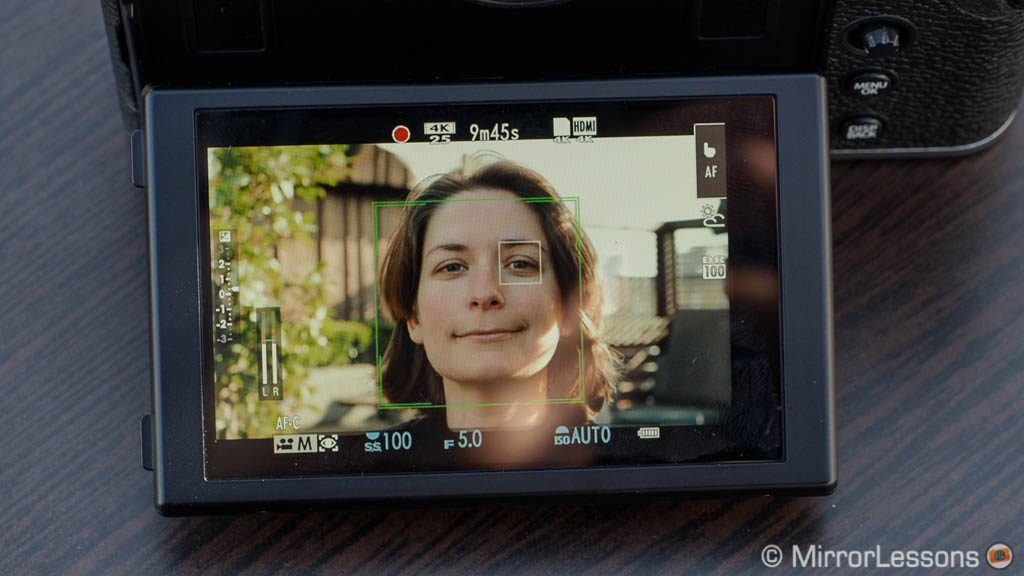
Then firmware 3.0 for the X-T3 added the same improvements, before firmware 4.0 (released in 2020) pushed the camera ahead of the X-T30 with a new set of updates, which are the same found on the X-T4:
- AF acquisition speed from 0.06s to 0.02s
- more advanced subject tracking algorithm
- Eye AF doubled in performance
- phase detection autofocus in low light expanded to -6Ev (-7Ev with XF 50mm f1, the X-T30 is -3EV)
- Focus limiter setting
The X-T30 II features the same updates listed above, except for the Focus Limiter setting.
6. Burst speeds
The X-T3, X-T30 and X-T30 II boast very impressive continuous shooting speeds with the electronic shutter. You can shoot at up to 20fps at full resolution, or 30fps using the 1.25x crop mode and a reduced resolution of approximately 16MP. Note that AF and AE tracking are maintained at all speeds.
The electronic shutter provides a blackout-free live view of your scene with a refresh rate of 40fps or 60fps in crop mode. At the time of writing, the only other camera capable of delivering an uninterrupted live view at high burst speeds are the X-T4, Sony A9, A9 II, and A1.
Switch over to the mechanical shutter however and there is a slight difference between the two cameras. Whereas the X-T3 can reach a maximum of 11fps, the X-T30 and X-T30 II are limited to 8fps. What’s more, only the X-T3 offers an electronic first curtain shutter option.
Another (small) difference between the three cameras is the buffer depth. The X-T3 can manage approximately 49 RAW frames or 200 JPGs at 8fps whereas the X-T30 is capable of 18 RAW / 90 JPG frames at the same speed. The X-T30 II does slightly better with 23 RAW and 105 JPGs.
7. Film simulation and image settings
The four cameras share the same sensor and processor, so the image quality is the same when it comes to dynamic range and high ISO. Some differences are found with the image settings that affect the straight-out-of-camera JPG.
The X-T30 II, being the most recent product, has two extra film simulation modes: Classic Neg and Eterna Bleach Bypass.
The mark II model also inherits other settings such as clarity, colour chrome and the HDR mode (find out more about the latter in our dedicated article).
8. 4K video capabilities
Although both cameras boast 4K capabilities, there are some differences worth mentioning as we’ll find out below.
To start with, the X-T3 can record 4K at 60fps internally and that’s not all – it offers 4:2:0 10-bit colour depth. In addition to Long-GOP (IPB), the camera also offers All-Intra compression. The maximum data rate with All-Intra is 400Mbps (30fps) or 200Mbps (60fps). There are also two codecs – H.265 and H.264 – but the latter is not available when recording in 10-bit.
The X-T30 and X-T30 II can record in 4K but the maximum frame rate is 30fps, the bitrate is slower at 200Mbps and there isn’t a 10-bit internal option.
The X-T3 crops the sensor by 1.18x when recording 4K video at 60fps but uses the entire width of the sensor at 30fps, just like the X-T30 models. With all three cameras, the footage is downsampled to 4K from 6K-worth of data to improve the quality of the recording.
The cameras can output 4K to the HDMI port in 4:2:2 10-bit but the X-T3 do this at up to 60fps as mentioned before. Also worth noting is that the X-T3 can record 4K/60p internally up to 200Mbps while sending the signal to the HDMI output, making it possible to simultaneously record to an SD card and external recorder.
In Full HD, the X-T3 and X-T30 offer a maximum frame rate of 120fps at 200Mbps for slow motion footage. There is a 1.29x sensor crop when recording this speed, allowing the cameras to produce better quality. The X-T30 II can go up to 240fps. You can see how it looks with the video below (shot on the X-T4 which has the same quality).
As for the recording limit, the X-T30 is capped at 10 minutes in 4K or 15 minutes in Full HD whereas the X-T3 can record for 20 minutes in 4K/60fps, 30 minutes in 4K/30fps or 30 minutes in Full HD. The X-T30 II goes up to 30 minutes per clip.
They include features such as internal F-Log (Fujifilm’s log profile), ETERNA film simulation mode, DR settings for more dynamic range, the Zebra setting, 4K inter frame noise reduction, and digital high bit-depth sound (24-bit 480Khz). However only the X-T3 supports HLG (Hybrid Log Gamma) video recording.
9. Battery grip
Fujifilm produced the VG-XT3 vertical battery grip for the X-T3, not only to prolong the battery life but also to improve the handling of the camera with telephoto lenses.
Designed to be completely weather-resistant, it holds two additional batteries to increase the maximum number of shots to 1100, which can be useful for long days of shooting. The grip includes many of the controls found on the X-T3 body, including a shutter button, joystick, AE-L button, AF-L button, front and rear command dials, Q button and Fn button.
There isn’t an official battery grip available for the X-T30 or X-T30 II and it is unlikely that one will be produced. You can purchase an optional grip extender however such as the one listed in our accessory list.
The actual battery life of the X-T3 is rated at 390 frames, which is only a little more than the X-T30’s 380 frames or the X-T30 II’s 390 shots. The three of them can be charged via USB and powered while in use.
10. Price
The X-T3 has come down in prices since its release, and can be found for $1200, £1000 or €1200.
The X-T30 is less expensive and can be found for around $800, £850 or €800.
The X-T30 II is slightly more expensive than its predecessor at $900, £770 or €930.
Note that prices are for the body only and as of early September 2021.
Conclusion
X-T30 comparison previews:
X-T20 vs X-T30 – X-T3 vs X-T30 – X-T30 vs X-E4 vs X-S10
X-T30 vs a6400 – X-T30 vs X-T30 II
The X-T3 has a few distinct advantages over the two X-T30 models, although whether they justify the extra expense is completely dependant on the kind of features you expect from your camera and the genres you enjoy.
The first is of course the larger body and – if you decide to purchase it – the vertical battery grip. Both were conceived for use with the larger lenses in X series and both are weather sealed. If you plan to do a lot of sports or wildlife photography, there’s no question the X-T3 is the more comfortable body to hold for long periods of time. And if you don’t fancy the idea of increasing the size of your camera with the battery grip, there are smaller grip extenders that will enhance the ergonomics.
The bigger body isn’t the only reason to choose the X-T3 for sports and wildlife. There is also the EVF, whose larger magnification and higher resolution improve the user experience, as well as the buffer depth, which is much higher on the flagship model.
Finally we have the video specifications, which despite being excellent on the X-T30 I & II, aren’t quite at the level of the X-T3. For example, you don’t get 10-bit internal recording, 4K/60p or the longer recording times. For this reason, if you do a lot of video recording, you may prefer the features of the flagship.
Despite the many merits of the X-T3, there is one area where it cannot compete with the two X-T30 cameras and that is compactness. Paired with a small prime such as the new XF 16mm f/2.8, they become a very portable and discreet package that suits travel, street and documentary photography to a T – no pun intended! 🙂
If you like the sound of the X-T30, you may wonder wether it is better to go for the more recent mark II model, or choose the original. Well, as it stands, the difference in price is small (the X-T30 II is even less expensive in the UK), so you may well get the version with the latest software updates. I would consider the original X-T30 only if the price drops. Check our X-T30 vs X-T30 II to find out more.
Reminder: the links below are affiliate links. If you decided to buy something after clicking the link, we will receive a small commission.
Check price of the Fujifilm X-T30 on
Amazon | Amazon UK | eBay | B&H Photo
Check price of the X-T30 II on
Amazon | B&H Photo | eBay
Check price of the Fujifilm X-T3 on
Amazon | Amazon UK | B&H Photo | eBay

